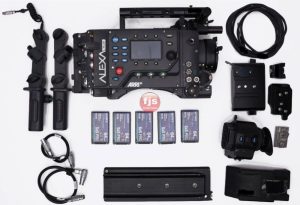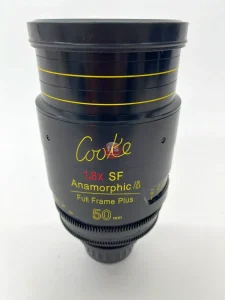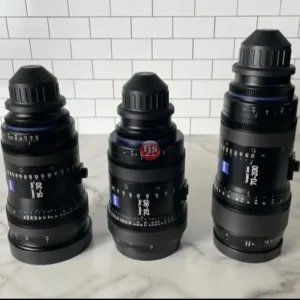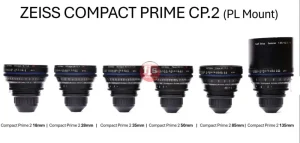Introduction:
Prime lenses are known for their superior image quality and wide aperture capabilities, making them a popular choice among photographers. However, like any other piece of equipment, prime lenses also have their drawbacks and limitations. In this post, we will explore the disadvantages of using a prime lens, shedding light on the areas where they may fall short and helping you make an informed decision. So, let’s dive in and discover the potential drawbacks of these lenses.
- Limited Focal Length Options:
Prime lenses are characterized by their fixed focal length, which means they have a single magnification capability. Unlike zoom lenses that offer versatility by allowing you to zoom in and out, prime lenses restrict you to a specific focal length. This limitation can be inconvenient in situations where you need to quickly adjust your framing or capture subjects at various distances. - Lack of Flexibility:
Due to their fixed focal length, prime lenses require you to physically move closer or farther away from your subject to adjust the composition. This lack of flexibility can be challenging in certain scenarios, such as photographing wildlife or sports, where you may not have the luxury of moving closer to your subject. In such cases, a zoom lens with its adjustable focal length would provide greater convenience and flexibility. - Carrying Multiple Lenses:
To overcome the limitation of a single focal length, many photographers end up carrying multiple prime lenses with different focal lengths. This can be cumbersome and increase the weight of your gear bag, making it less convenient for travel or on-the-go shooting. Additionally, swapping lenses frequently can increase the risk of dust or debris entering your camera sensor. - Costly Investment:
Prime lenses, especially those with larger apertures and superior image quality, can come with a hefty price tag. Compared to zoom lenses, prime lenses tend to be more expensive due to their specialized optics and wider aperture capabilities. This cost factor can be a major drawback for photographers on a tight budget or those who are just starting out. - Missed Opportunities:
The fixed focal length of prime lenses may cause you to miss out on certain photographic opportunities. For instance, if you are shooting in a confined space and need to capture a wider angle, a prime lens with a longer focal length may not be suitable. In such situations, a zoom lens would offer the flexibility to adjust the focal length and capture the desired composition without compromising on image quality.
Conclusion:
While prime lenses offer exceptional image quality and wide aperture capabilities, they do come with certain drawbacks. The limited focal length options, lack of flexibility, need for carrying multiple lenses, higher cost, and potential missed opportunities are all factors to consider when deciding whether to invest in a prime lens. Ultimately, the choice between a prime lens and a zoom lens depends on your specific photography needs and shooting style. It’s important to weigh the advantages and disadvantages before making a decision.







